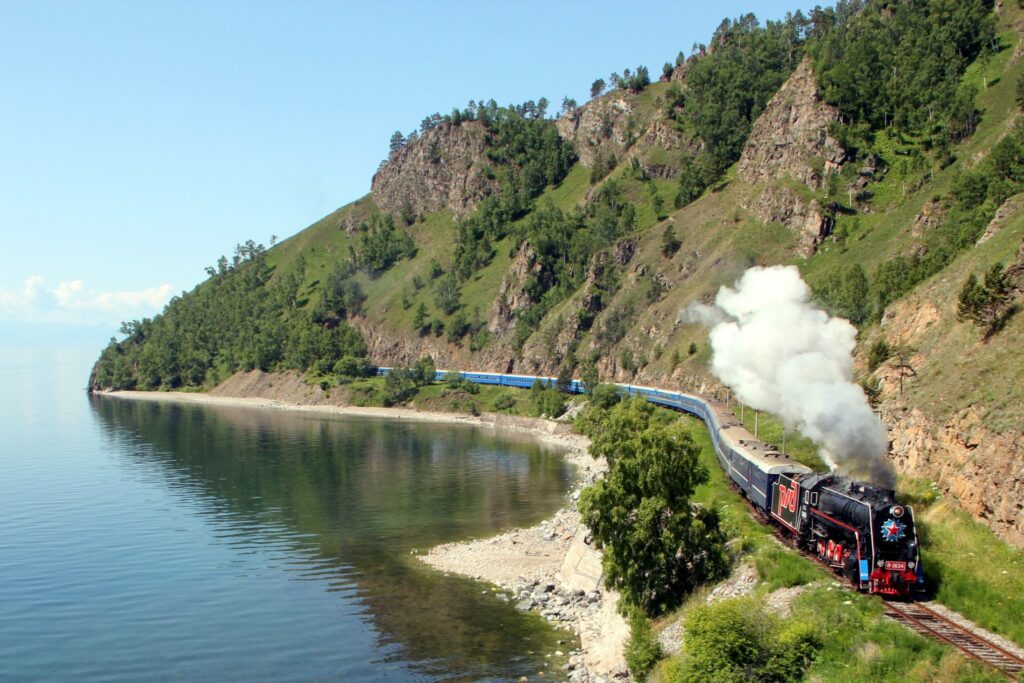The Trans-Siberian Railway, the world’s longest railway line, provides an extraordinary journey across Russia, Mongolia, and China. Traversing 8 time zones and more than 9,000 kilometers, it offers an exploration of rich cultures, stunning landscapes, and historical sites. With three main routes from Moscow to Vladivostok, Beijing via Ulaanbaatar or Beijing bypassing Mongolia, passengers can experience unique sights and cultures including the Great Wall of China and the Gobi Desert. The journey allows passengers to disconnect from regular life and offers local cuisine and friendly locals. It’s a voyage of a lifetime, providing a unique perspective of the world.
The Majestic Trans-Siberian Railway: A Journey of a Lifetime
Introduction
Travelling on the Trans-Siberian Railway is truly a journey of a lifetime. Stretching over 9,000 kilometers and crossing through 8 time zones, it offers an unparalleled opportunity to explore the vast and diverse landscapes of Russia, Mongolia, and China. From the bustling city life of Moscow to the pristine beauty of Lake Baikal, the experience is filled with rich culture, stunning scenery, and countless memories.
The Train Journey
The Trans-Siberian Railway, the world’s longest railway line, was originally built to connect Moscow with the Far East. The journey takes a minimum of 7 days, but depending on your chosen route and stops, it can last several weeks or even months.
The Routes
There are three main routes for this epic journey: the original Trans-Siberian line from Moscow to Vladivostok, the Trans-Mongolian line from Moscow to Beijing via Ulaanbaatar, and the Trans-Manchurian line which also ends in Beijing but bypasses Mongolia. Each route offers unique sights and a different slice of life.
Trans-Siberian Line
The classic route travels from Moscow to Vladivostok, offering a full cross-section of Russia. The journey lasts about 7 days and covers more than 90 cities and towns.
Trans-Mongolian Line
This popular route from Moscow to Beijing via Mongolia offers a chance to experience three vastly different cultures. It’s most famous for passing through the Great Wall of China and the Gobi Desert.
Trans-Manchurian Line
The Trans-Manchurian line takes the same path as the Trans-Siberian up until Tarskaya, from where it heads southeast into China, bypassing Mongolia.
Life on Board
The journey on the Trans-Siberian Railway is much more than just a mode of transportation – it’s an adventure that comprises local cuisine, friendly locals, and a chance to disconnect from the hustle and bustle of everyday life. From shared meals amongst strangers-turned-friends to evenings spent sharing stories under the starry Siberian sky, life on board is an experience in itself.
The Sights and Stops
With such a massive stretch of land to cover, the railway has numerous captivating sights and stops along the way.
Moscow
The journey begins in Moscow, the vibrant capital of Russia, where you can explore world-famous landmarks like the Kremlin and Red Square.
Lake Baikal
The most scenic stop on the Trans-Siberian Railway, Lake Baikal is the deepest and oldest freshwater lake in the world, boasting crystal clear water and unmatched natural beauty.
Ulaanbaatar
The Mongolian capital, Ulaanbaatar, is a growing city that effortlessly blends ancient tradition with modern influences. It’s the perfect place to explore the nomadic lifestyle of Mongolia.
Beijing
The journey ends in Beijing, China’s vibrant capital, known for its modern architecture mixed with historical sites like the Forbidden City and the Great Wall of China.
Conclusion
The Trans-Siberian Railway is more than just a train journey – it’s a voyage of discovery across cultural, geographical, and historical landscapes. It’s an opportunity to experience the world from a unique perspective, to see life through a different lens, and to gain a deep appreciation for the diversity, beauty, and complexity of our world.
